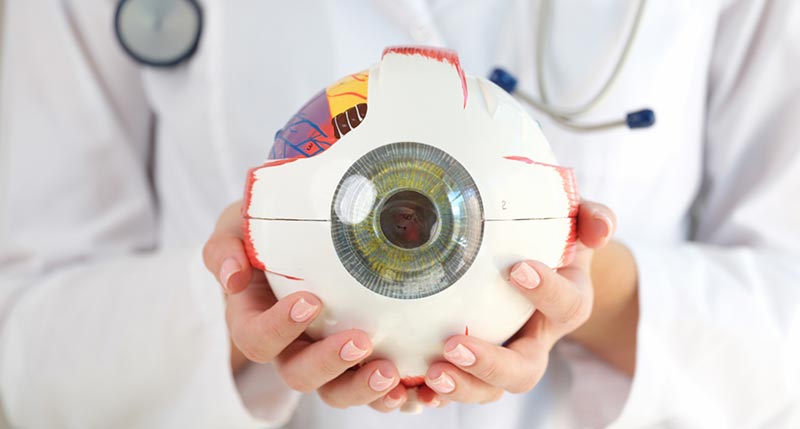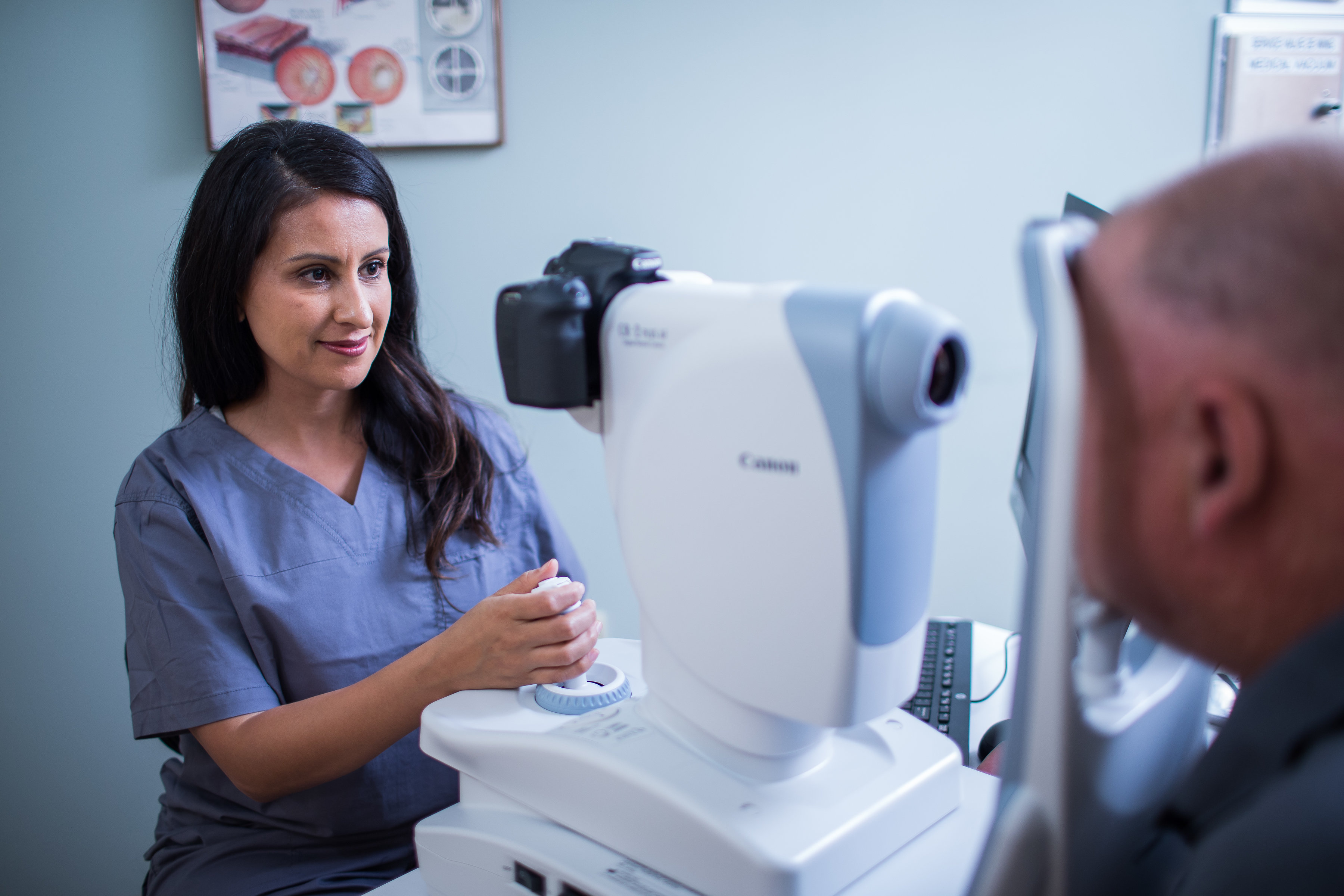Andalusia Eye Facility: Premier Services for Vision Correction
Andalusia Eye Facility: Premier Services for Vision Correction
Blog Article
The Advantages And Disadvantages of Different Refractive Surgeries for Enhanced Eyecare

LASIK Surgical Treatment
LASIK surgical treatment is a commonly done refractive procedure that intends to fix vision concerns such as nearsightedness, astigmatism, and farsightedness. This surgical strategy has obtained appeal as a result of its efficiency in providing people with more clear vision and lowering their dependence on glasses or call lenses. During the procedure, a slim flap is produced on the cornea, and a laser is used to reshape the underlying cells, correcting the refractive error. The flap is then rearranged, permitting quick recovery and marginal pain for the patient.
One of the primary advantages of LASIK surgical treatment is the quick enhancement in vision experienced by numerous patients. The majority of people see a substantial improvement in their vision soon after the procedure, with marginal downtime needed for healing. Additionally, LASIK is known for its high success price and low incidence of complications when performed by knowledgeable doctors. Like any surgical procedure, LASIK likewise carries some threats, including dry eyes, glow, halos, and under or overcorrection of vision. It is important for people considering LASIK surgery to undertake an extensive examination by an eye care professional to figure out if they are suitable prospects for the procedure.
PRK Procedure
The PRK treatment, likewise referred to as Photorefractive Keratectomy, is a kind of refractive surgery that aims to fix vision issues similar to LASIK surgical treatment. Unlike LASIK, which includes producing a flap in the cornea, PRK works with the surface area layer of the cornea. During the PRK procedure, the outer layer of the cornea, called the epithelium, is gotten rid of to permit reshaping of the underlying corneal cells with an excimer laser. This improving aids to deal with refractive errors such as farsightedness, astigmatism, and nearsightedness.
One of the advantages of PRK over LASIK is that it removes the danger of flap-related difficulties because no flap is produced throughout the surgery. Regardless of the longer recovery duration, PRK can be an appropriate alternative for people looking for vision adjustment surgical procedure.
SMILE Surgical Treatment
An advanced refractive surgery technique getting appeal in the area of ophthalmology is SMILE Surgical procedure. Tiny Cut Lenticule Extraction (SMILE) is a minimally intrusive treatment that remedies vision by reshaping the cornea utilizing a femtosecond laser. Unlike traditional LASIK surgical treatment, SMILE Surgery entails producing a small cut in the cornea to extract a lenticule, which leads to less disturbance to the corneal framework and possibly quicker healing times.
Among the main benefits of SMILE Surgery is its ability to treat nearsightedness (nearsightedness) and astigmatism with high precision, causing excellent aesthetic outcomes for individuals. The minimally intrusive nature of the treatment additionally lowers the threat of problems such as completely dry eye syndrome, making it a beneficial alternative for individuals seeking refractive surgery.

LASEK Technique
Having checked out the advantages and factors to consider of SMILE Surgery, another notable refractive surgery method worth analyzing is the LASEK Strategy. LASEK, which represents Laser-Assisted Subepithelial Keratectomy, is a kind of laser eye surgical treatment that intends to deal with refractive mistakes such as nearsightedness (nearsightedness), hyperopia (farsightedness), and astigmatism.
Unlike LASIK, LASEK does not include creating a corneal flap. Instead, during a LASEK treatment, the specialist uses a diluted alcohol service to loosen the thin outer layer of the cornea, referred to as the epithelium. This layer is after that basics carefully moved aside to allow the laser to reshape the underlying corneal tissue. When the cornea has been reshaped to the desired degree, the epithelial layer is rearranged.
Among the main benefits of LASEK is that it can be ideal for individuals with slim corneas who may not be good prospects for LASIK. Furthermore, LASEK normally leads to marginal post-operative pain and a quicker recovery time compared to PRK. Nonetheless, the aesthetic healing process with LASEK may be slightly longer than with LASIK.
Implantable Contact Lenses
Implantable Contact Lenses provide a lasting vision correction option for people seeking a choice to conventional contact lenses or glasses. These lenses, also called phakic intraocular lenses, are operatively inserted into the eye to fix refractive mistakes such as myopia (nearsightedness), hyperopia (farsightedness), and astigmatism. cardiologist andalusia. Unlike typical call lenses that rest on the surface area of the eye, implantable call lenses work within the eye itself, providing clear vision without the requirement for everyday maintenance or elimination
One of the vital benefits of implantable call lenses is their durability. As soon as placed, they can continue to be in the eye forever, offering secure and constant vision adjustment. Additionally, these lenses can be an excellent option for people who are not good candidates for laser eye surgical treatment or that prefer a reversible vision correction treatment.
However, implantable contact lenses do carry some threats, find this including the possibility for cataracts or enhanced eye pressure. It is vital for people considering this alternative to speak with an eye care expert to establish if implantable call lenses are the right selection for their specific needs and eye wellness.
Verdict
In final thought, each kind of refractive surgical treatment has its very own advantages and negative aspects. LASIK surgery is prominent for its quick recovery time, while PRK procedure might be appropriate for people with slim corneas.

On The Whole, SMILE Surgery presents a promising choice for individuals looking to boost their vision with refractive surgery.
Report this page